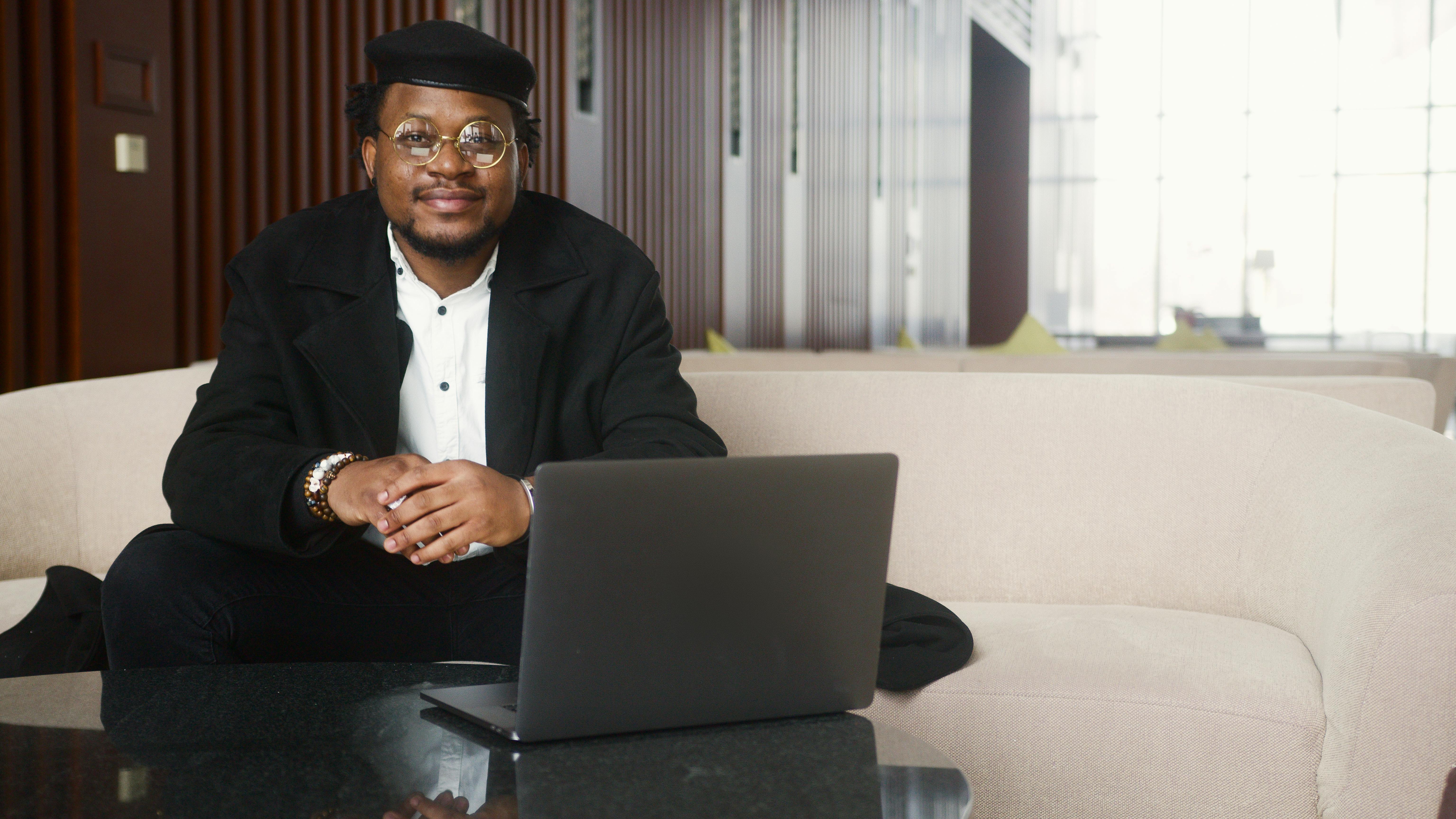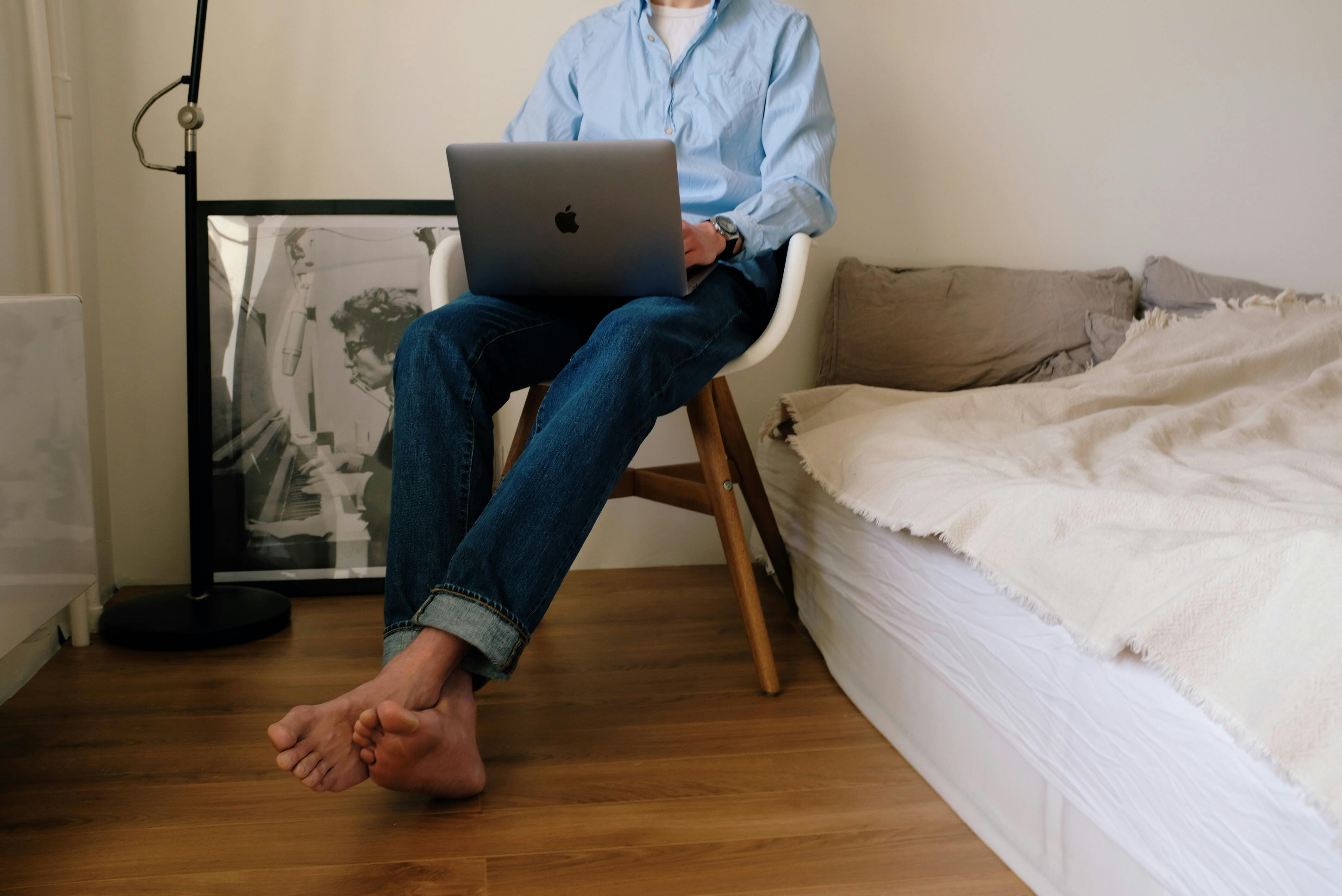When doing an interview it is necessary that there are at least three people involved. The person being interviewed, you, the interviewer, and someone to work the video camera. One could argue, I’d say, that an extra person to handle sound is a huge benefit, but this is a policy of perfection.
Interviewing for video is a skill that can be acquired with practice. The key to a successful interview is research, research, and even more research.
Before you interview a subject, you need to know as much as possible about the person you are interviewing.
And you need to read everything anyone has written on the subject.
That’s what the internet is for. It usually contains everything written in recent times.
The more information you can get, the more research you do, the smoother the interview will go.
Having said that, it is vital that you, the interviewer, ask questions and know when to shut up.
The problem is that you will often find yourself knowing more about a topic than the person you are interviewing, and so the temptation is to brag about your knowledge.
this is terrible
The viewer is not interested in your views. It is the person interviewed – the interviewee – who must be the center of attention. And before you ask, yes, this is a big deal for me. I can’t keep my mouth shut.
Be prepared for the interviews that go smoothly and the ones that get a little bumpy. Three examples.
I had an hour long interview with Bill Gates in Sydney for Australian television. My questions were well prepared. He listened to the question, was silent for a moment, and then gave a convincing and grammatical answer. Amazing. As an interview it was like a dream.
On the other hand, I was very wrong on one. The interview with the late Tony Hancock, perhaps the greatest British comedian of his day, took place at the Sebel Town House in Sydney. It started off as a disaster because he hadn’t done enough homework. It leveled off after a while and worked reasonably well in the end. As it happens, it was the last interview given by Tony Hancock.
Then I did a series of interviews with members of my family. I stayed out of the shot and let them ramble on what they thought of their brothers. It was something electrifying. If you were a member of that family.
Write down all your questions and create follow-up questions in case you don’t get an answer, a good answer. Avoid questions that elicit a one word ‘yes’ or ‘no’ answer.
If you ask ‘Are you in favor of premarital sex?’ you’ll probably get a one-word answer, which is not the idea at all.
Frame your questions in such a way that they lead the interviewee to expand their views. ‘Your book of his suggests that you are against premarital sex. What are your views on this?’ you are much more likely to get a full and frank comment than the first question.
To avoid a ‘yes’ or ‘no’ answer, use the tried-and-true journalistic technique of asking who, what, why, how and when.
None of these can be answered with a direct ‘yes’ or ‘no’.
Before the interview begins, you, the interviewer, need to get to know the subject and establish some kind of briefing. There are interviewers, a few, who can enter cold and get a good result. But they are few and far between.
The introductory talk is, so to speak, part of your investigation. With it you will establish the ability of the interviewee to speak, to express himself, to answer questions. This introductory talk may end with some of your questions being modified.
In your introductory talk, avoid asking the specific questions you will ask in the interview.
Instead, indicate general areas of interest. If you ask the specific questions, the filmed interview will give the impression that it has been rehearsed.
Before you begin your interview, have your key questions laid out and ready. You need a certain amount of flexibility, but most of the time you will find that your first logical thoughts or question order is much better than one that you compile as you improvise.
There are two main ways to handle an interview.
The first is where the question is not heard and the questioner is not seen. Instead, you get responses that are obviously directed at someone who is off the mark.
A series of responses like this can be edited together from one or more people, to provide the effect of a continuous interview.
In these types of interviews you ask the question and then keep your mouth shut. If any kind of reaction is needed, nod or shake your head vigorously or smile to encourage him. If he talks, it will have to be edited later. Which is not always easy.
This technique can be seen used to magnificent effect in the film ‘When Harry Met Sally’, which contains a series of such interviews with married couples describing their life together. Magic.
The other type of interview is where both of you are on screen in the manner of a normal conversation. This type of interview can easily be covered with a camera.
Film the interviewee’s responses first, and then film the interviewer from where the interviewee has been sitting, asking exactly the same questions. At the end, you make a series of ‘noddies’ that can be used for cuts.
The key to making such an interview work is getting the person to relax. Try to film them in a familiar setting so they don’t feel threatened. Keep camera work and lighting as low-key as possible.
The first question should be a sound level check and should be completely harmless.
Start the interview very smoothly in chat mode and always move seamlessly from soft to hard questions.
Don’t start out as a gangbanger or the interviewee will shut up or, in the worst case, leave. Happens.
At the end of the interview I always ask ‘Is there a question you’d like me to ask that I’ve missed?’
This allows the subject to expand on a point or address an area that they feel has been left out. It’s quite remarkable how often he’ll get a great and helpful answer after that last question.
Start with a wide shot of the interviewee facing the interviewer. The back of the interviewer appears, which gives the shot a three-dimensional aspect and contextualizes the scene for the viewer. Change shot sizes at the pace of questions. New question, new frame.
Another form of video interviewing is vox pop – from vox populi, Latin for the voice of the people – they are quick interviews with people on the street to demonstrate public opinion on an issue.
What you want at the end is a series of statements that can be quickly put together and, in the end, give a clear indication of the current attitude on a subject.
To make the interview more interesting, change the size of the shot as a new question is asked. That is, turn off, zoom in from, say, mid-shot to close-up, and then resume filming again.
Use different backgrounds and different eye lines.
Figure out how many interviews you want, and then shoot for that number with a 50 percent safety margin. Don’t keep shooting after that point. You could be getting useful footage for another scene instead of wasting your time. In vox pop, moderation is the key.
Be aware that subjects may move back and forth when expressing a point and may even wave their arms in the air and you must be prepared for this so that they are always in the shot. That the camera does not cut parts of their bodies. Armless interviewees may be harmless interviewees, but that is not the point of the exercise.




